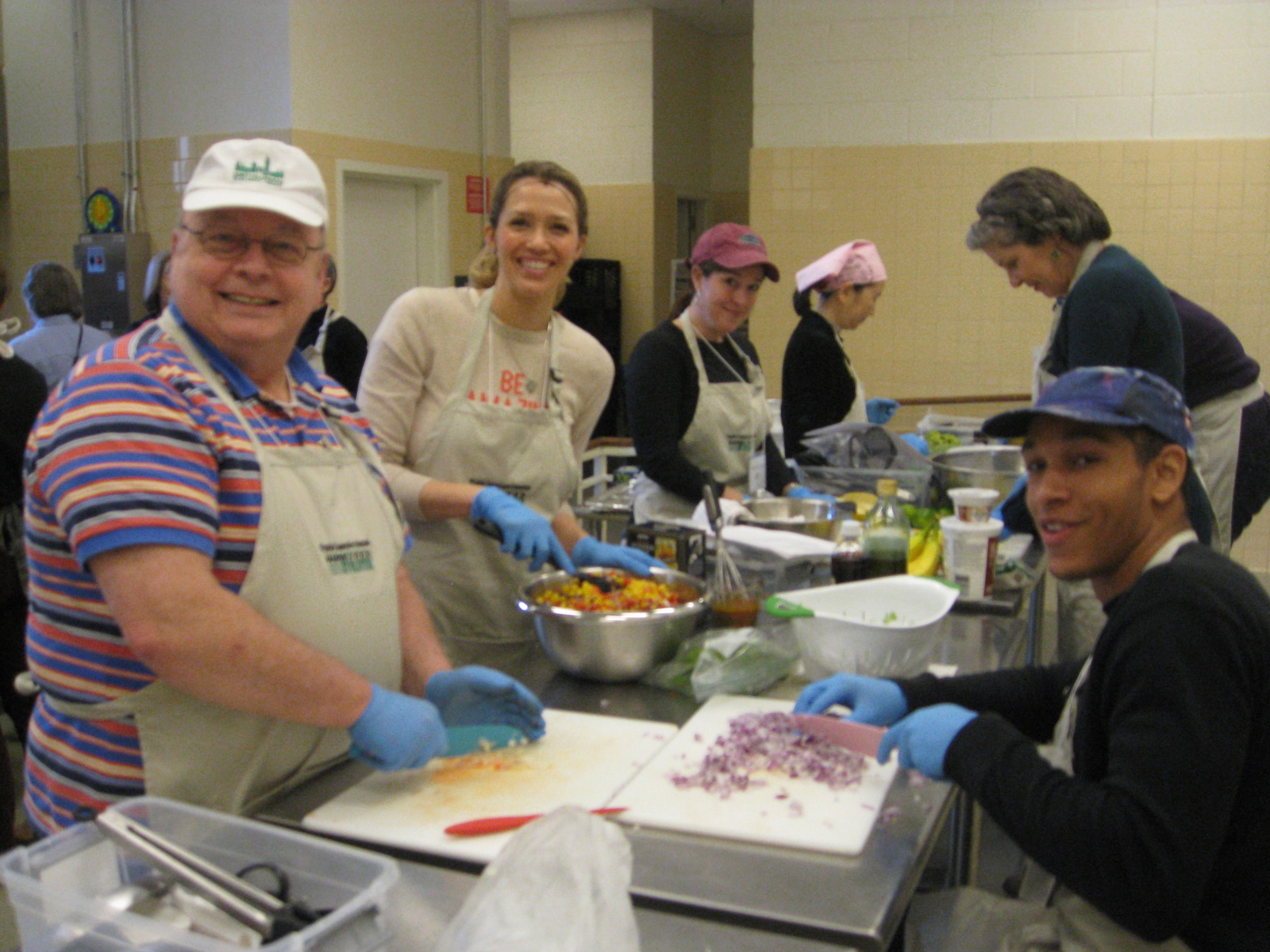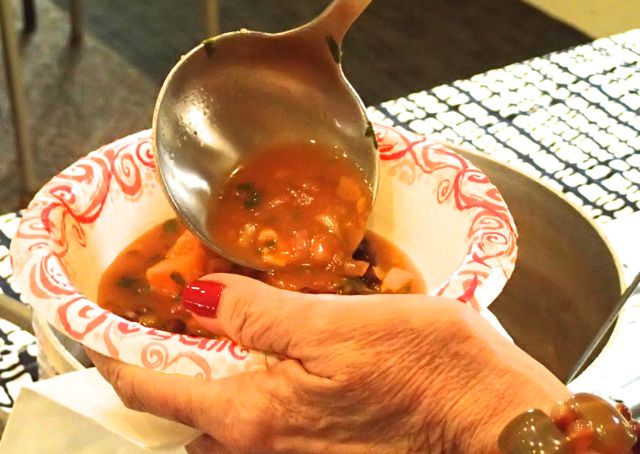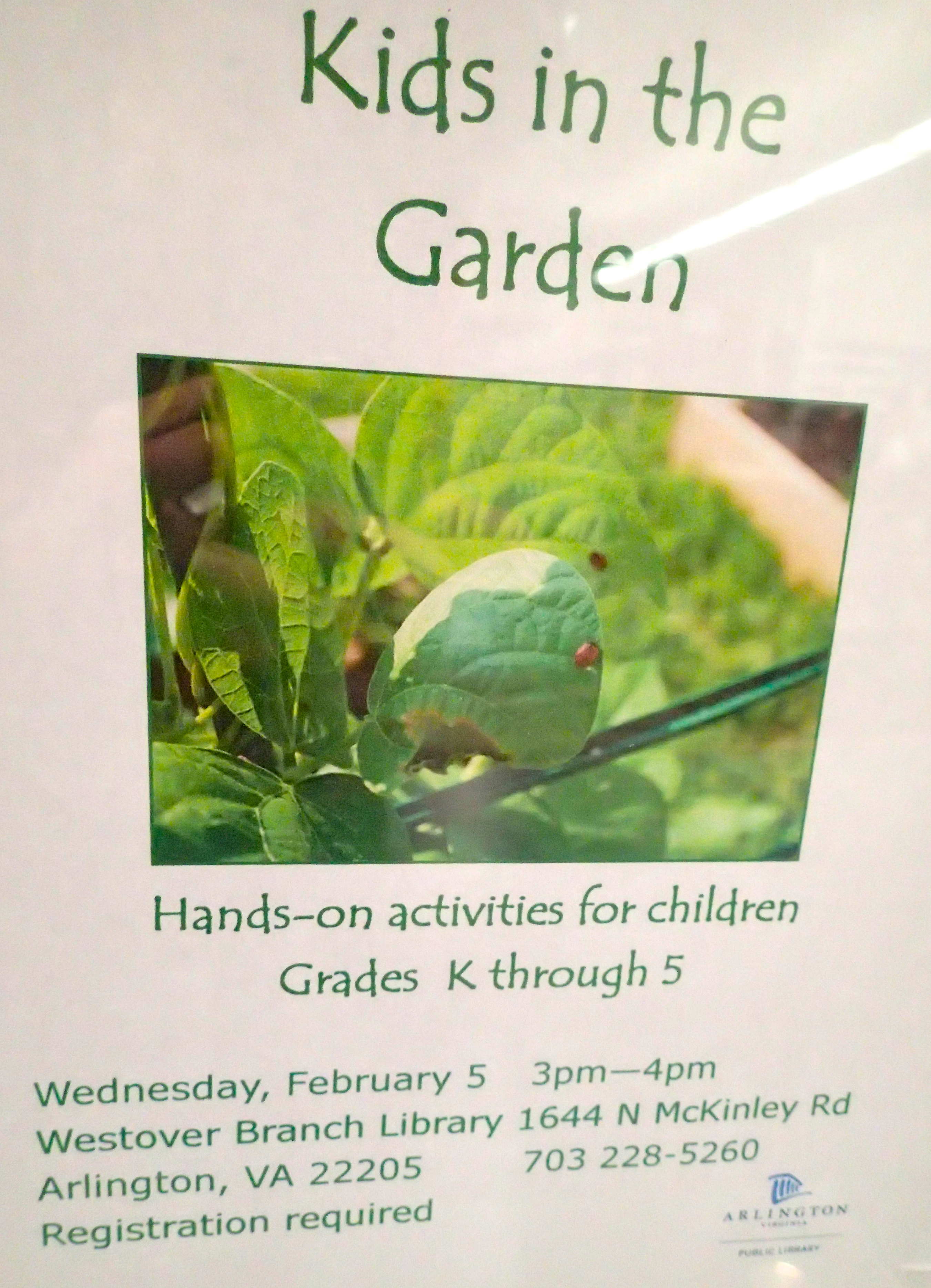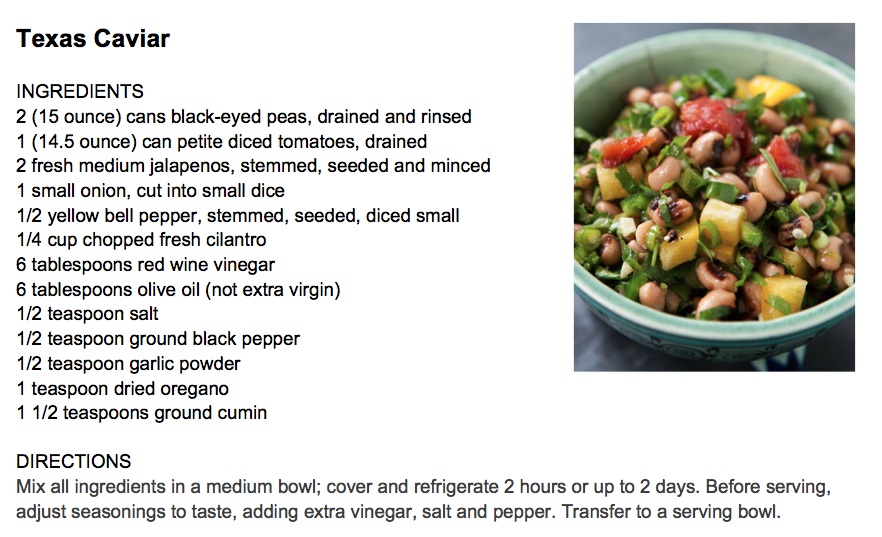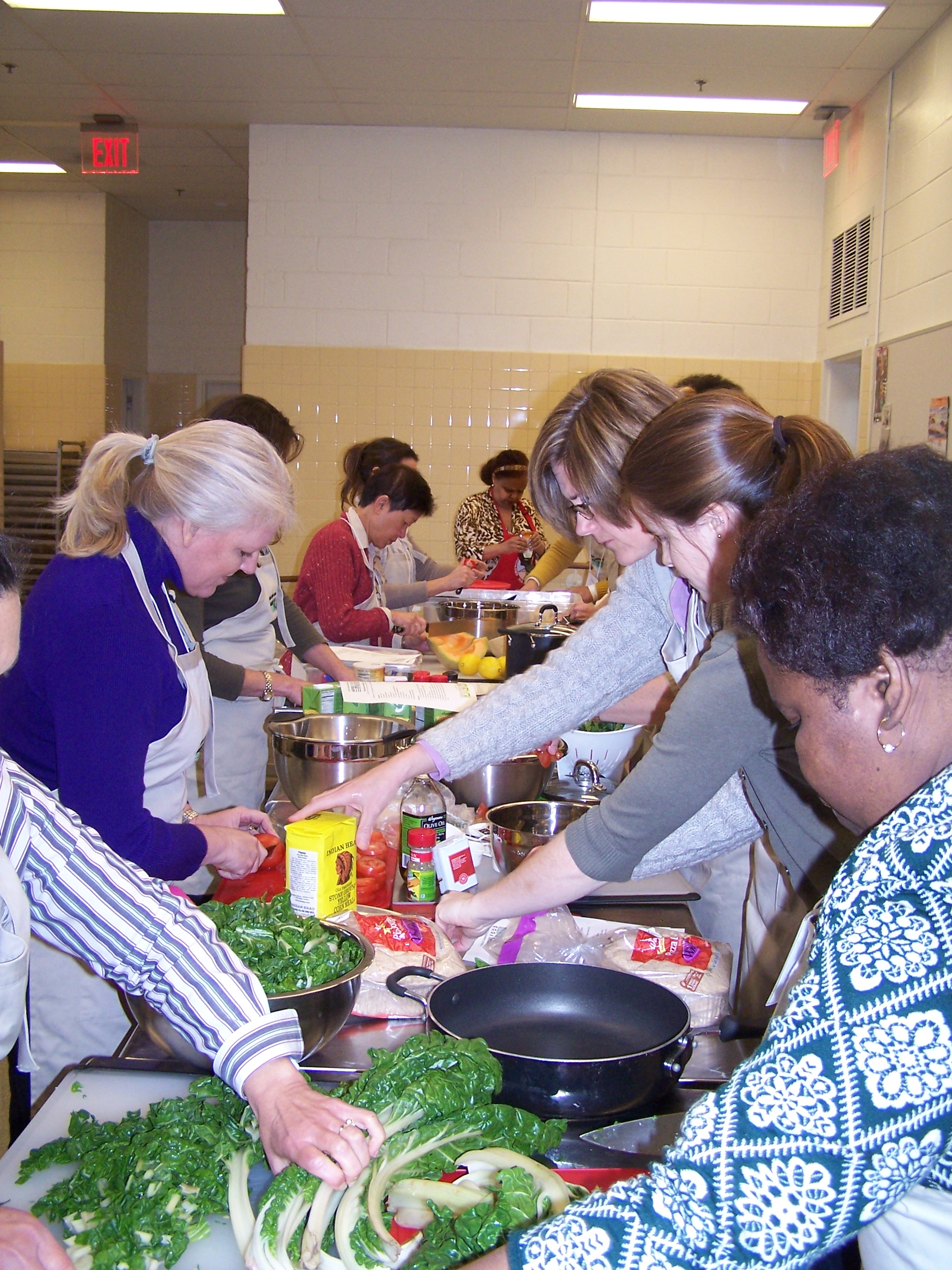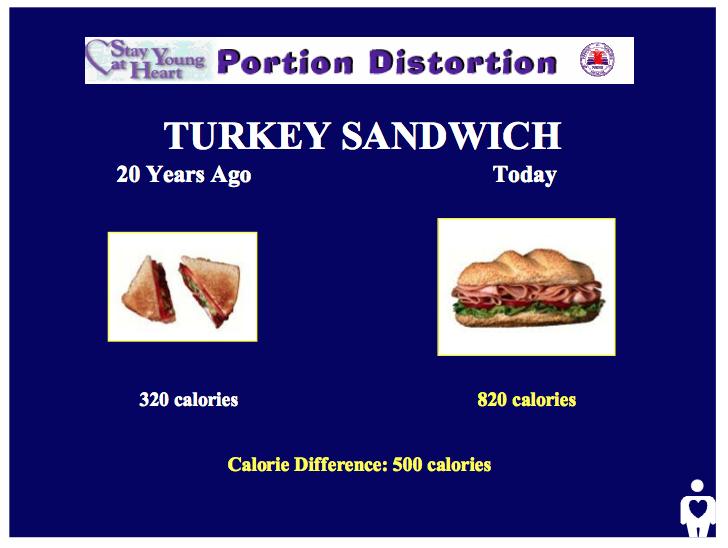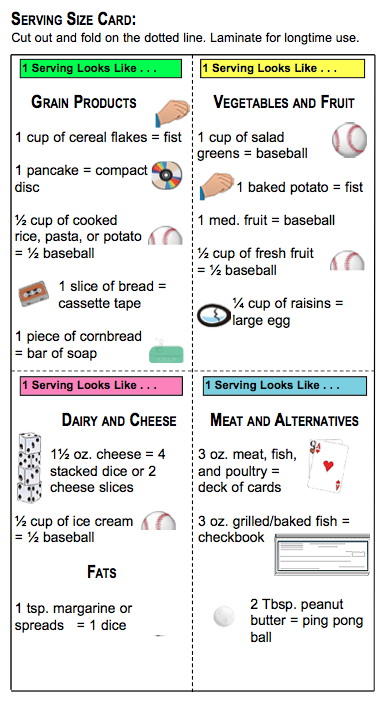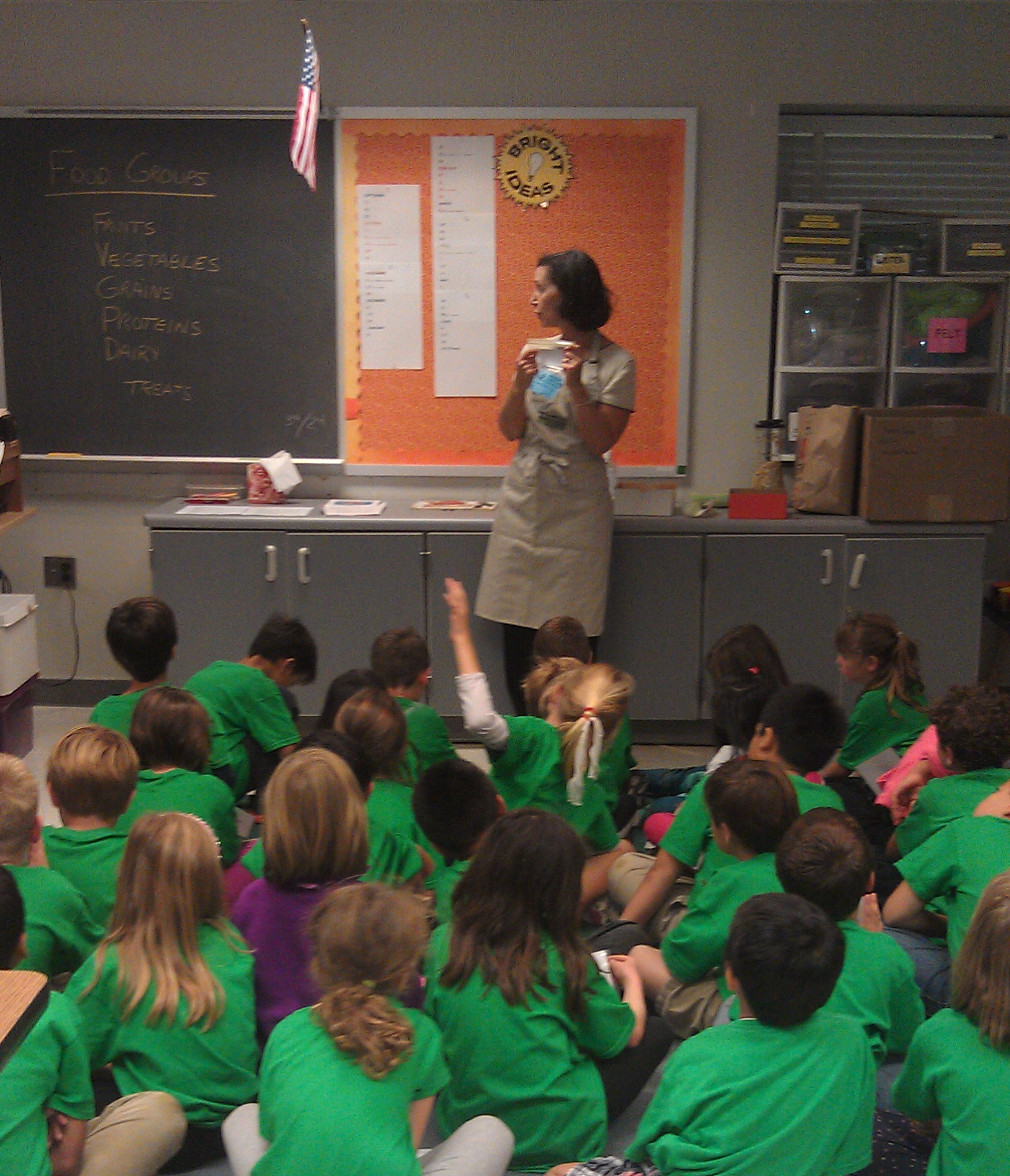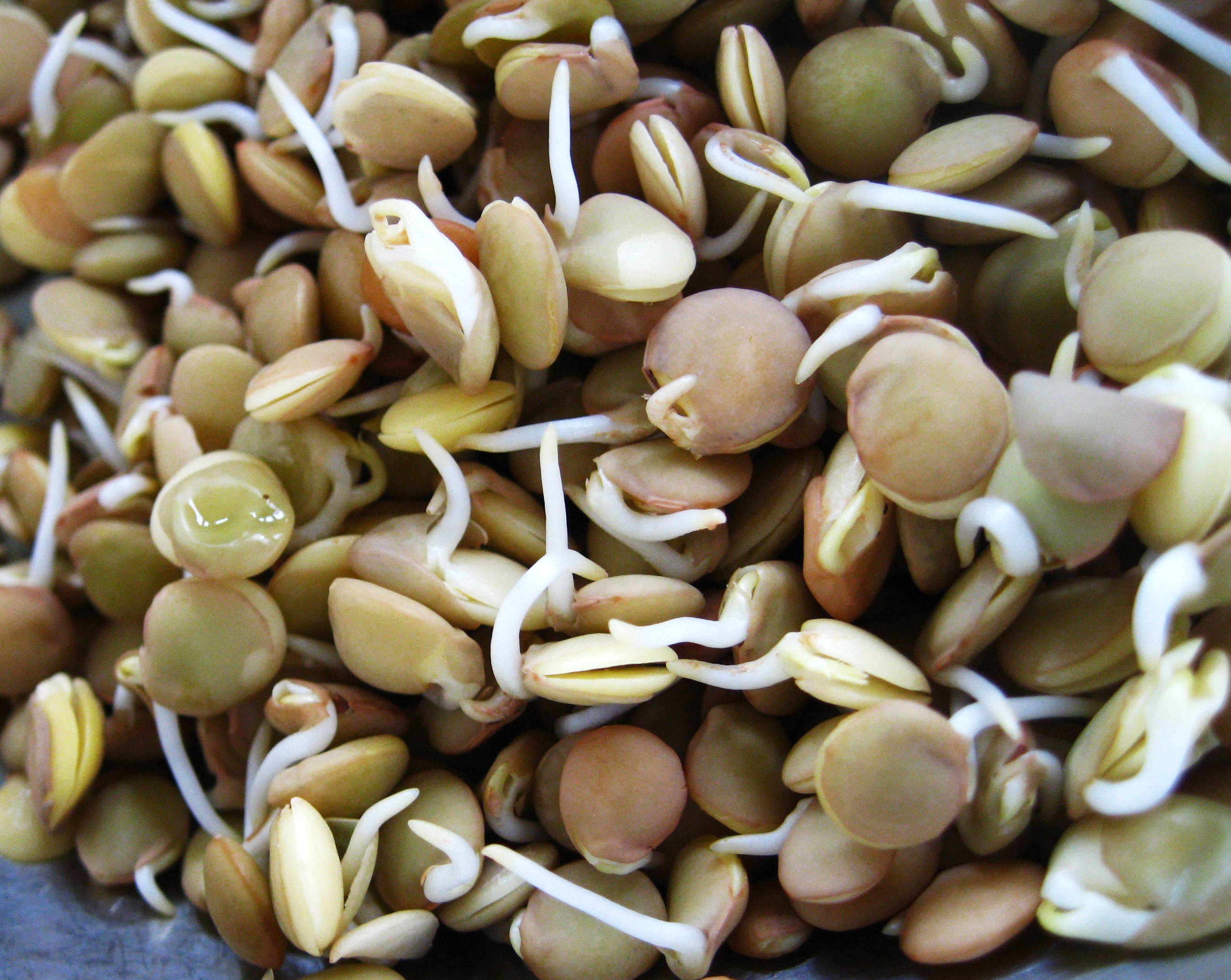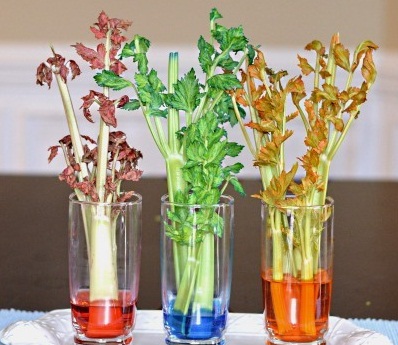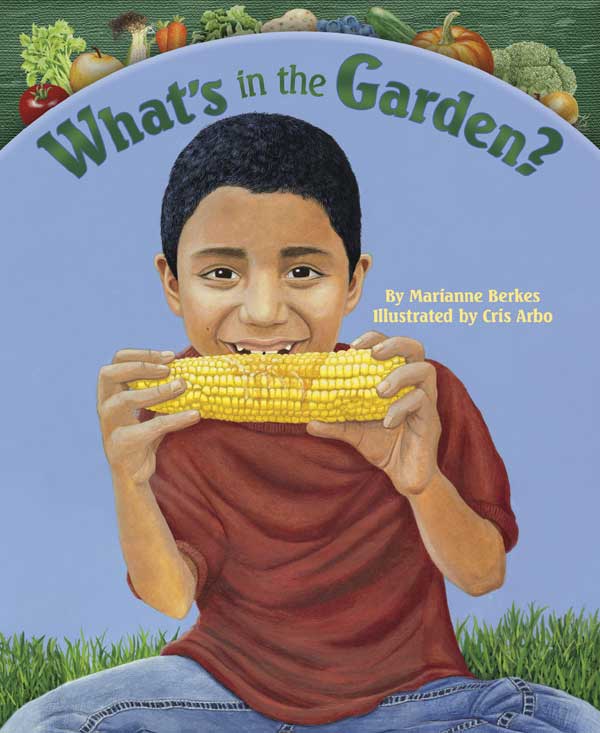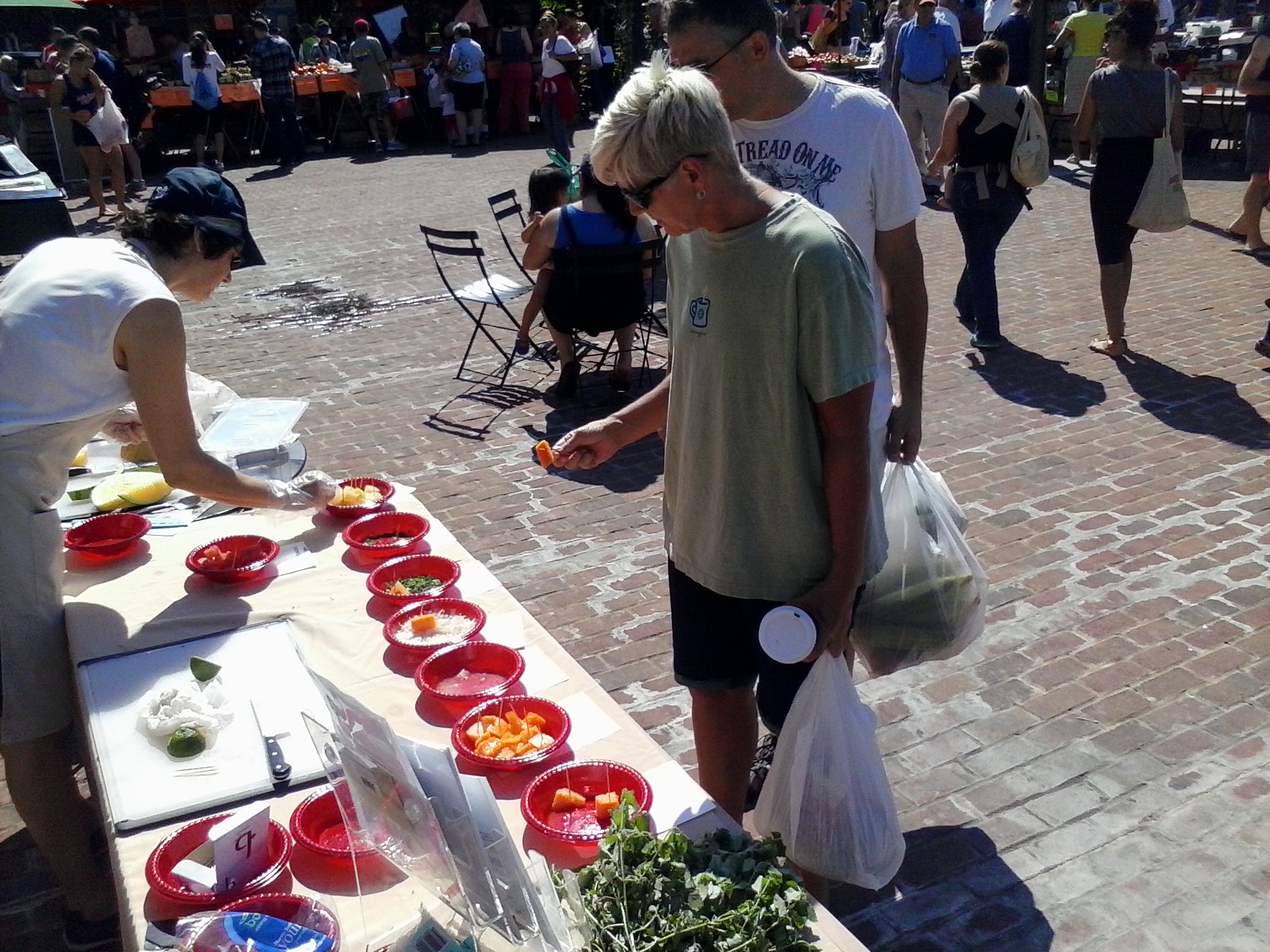What’s cooking? A new class of 32 Master Food Volunteer trainees are preparing and cooking their lunch in the Fairlington Community Center kitchen led by Agent Katie Strong and mentored by a team of Master Food Volunteers (MFV).
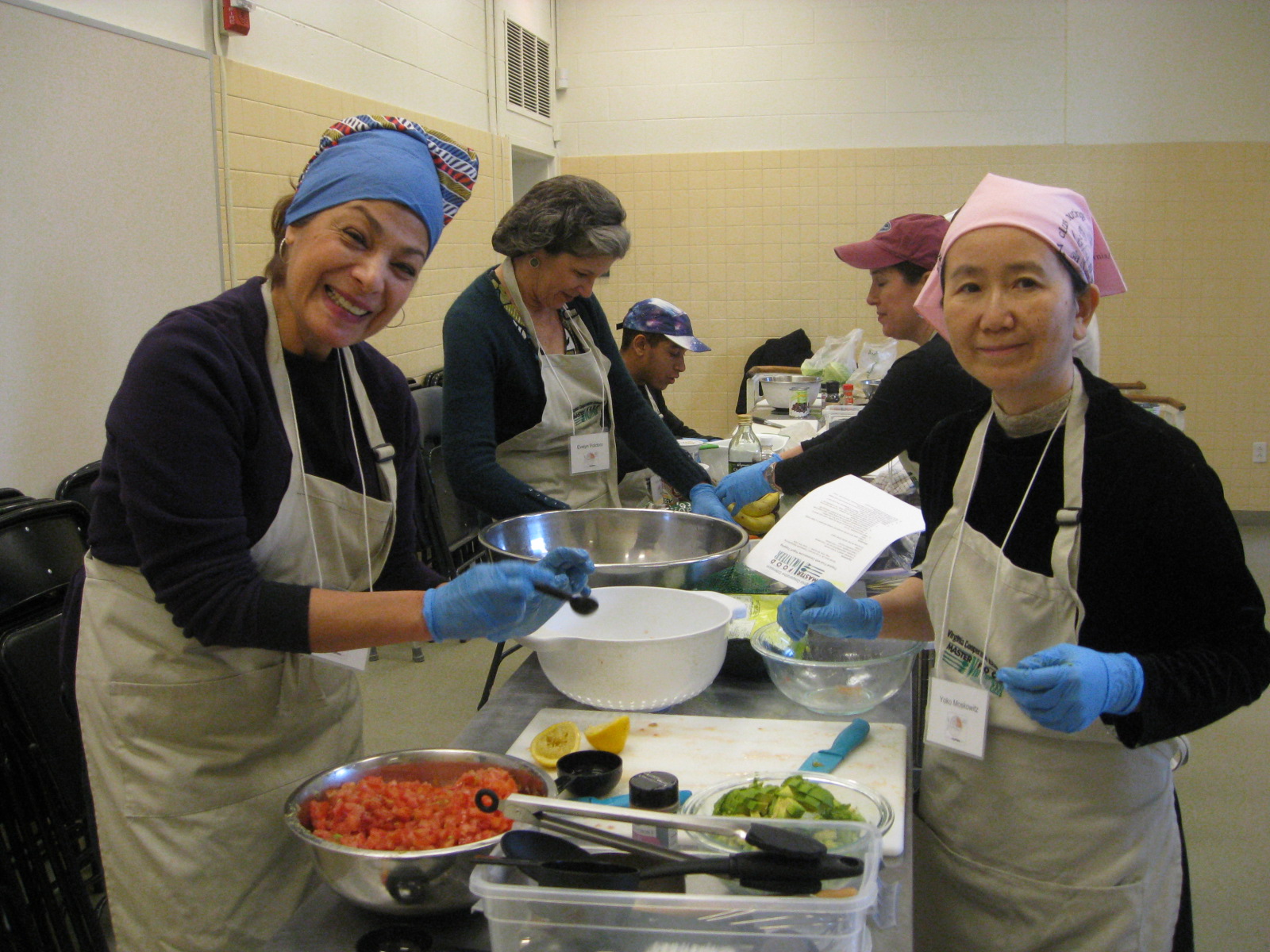 The lunch is delicious, simple, cheap and nutritious and one part of the interactive training that includes topics such as Food Safety, Basic Nutrition, and Meal Planning.
The lunch is delicious, simple, cheap and nutritious and one part of the interactive training that includes topics such as Food Safety, Basic Nutrition, and Meal Planning.
After 30 hours of training these Master Food Volunteers expect to give back 30 hours of volunteer service to the community in their first year.
Master Food Volunteers provide a range of community programs including:
- nutrition and cooking classes for seniors, adults and families
- food preservation
- farmers’ market displays
- education at food assistance centers
- in-school and after-school programs
- working with community gardeners
Examples of some of the recipes that Master Food Volunteers and clients use are online at Cooking Matters from Share Our Strength.
After tasting the Master Food Volunteers’ smoky paprika sweet potato and black bean soup and the delicious salsa filled pita pockets, I decided to have a go and make these at home. So can you!
And look out for Master Food Volunteers at events in the community!
If you are interested in becoming a Master Food Volunteer or would like to host an event with Master Food Volunteers’ participation please contact agent Katie Strong, kstrong@vt.edu

